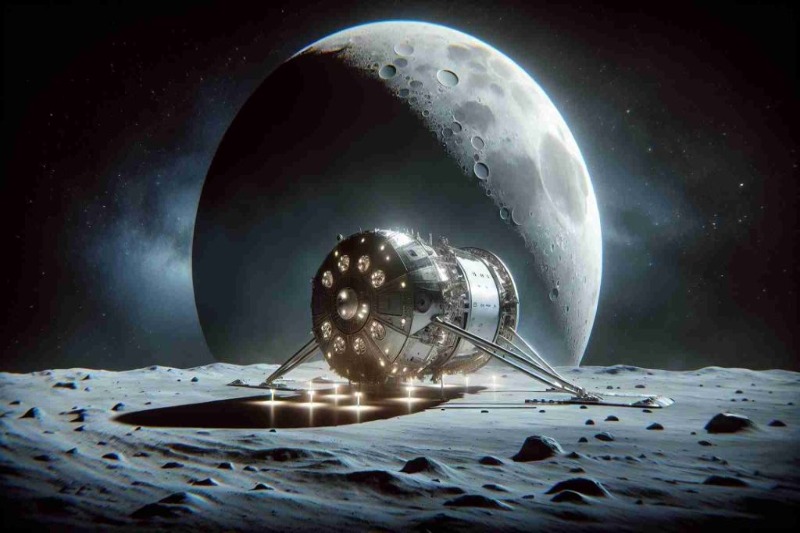NASA Tests SpaceX’s Starship Lunar Lander’s Docking Port

Although NASA has been working on the Orion capsule and Space Launch System (SLS) for years, it will take more than one ship to make “one small step” toward returning humans to the Moon in the near future. SpaceX is constructing the first Artemis lander as a customized Starship rocket. One of the modifications for that flight is a docking system that would let astronauts switch between vehicles; according to NASA, the first hardware test has concluded.
Although Elon Musk frequently waxes poetic about the Starship’s potential to carry people to Mars, NASA will not be deploying the SpaceX craft to carry people to the Moon. The SLS and Orion capsule, which has already completed one trip, will be in charge of the launch and transportation. In late 2022, the flight, Artemis I, left without a hitch. SpaceX will provide the Starship Human Landing System (HLS) for Artemis III and IV. NASA wants to transition humans traveling to and from the lunar surface from Orion to Starship.
Although there is currently no infrastructure on or around the Moon, NASA intends to change that. NASA intends to construct the Gateway lunar outpost, which will act as a permanent hub for human activity on the Moon, over the course of multiple Artemis missions. Astronauts will use the station to transition between Orion and one of several landers on subsequent Artemis missions. The crew must transfer straight from Orion to Starship before that facility is operational, hence the vehicles must have an appropriate docking system. This is an important and difficult part of the mission; in order to minimize environment loss inside the vehicles, the connection must be fully sealed in addition to the ring needing to latch with reliability.
NASA claims that SpaceX’s flight-tested Dragon 2 docking adaptor serves as the foundation for the docking system. Over ten days, the tests were conducted at NASA’s Johnson Space Center. On its test platform, Johnson can replicate over 200 different docking scenarios with different approach angles and speeds. In order to validate computer models that can show even more docking situations, the agency will use the experimental data.
Tests revealed that while in active docking mode, Starship HLS was able to execute a “soft capture”. That implies that while Orion stays on course with its docking mechanism retracted, the SpaceX rocket would perform the laborious task of extending its docking ring. NASA expresses optimism on the HLS, pointing out that since SpaceX was chosen to construct the Artemis lander, it had accomplished over thirty mission-specific milestones. As an illustration, SpaceX and NASA are collaborating to create an elevator that will transport astronauts from the crew cabin to the lunar surface.
Good news for SpaceX—NASA recently rescheduled the Artemis III landing for 2026. The business has not yet begun construction on the HLS version and is still working to launch Starship into orbit. Due to engine failures and other issues, the vehicle’s “rapid unplanned disassembly” marked the end of the first two sub-orbital Starship tests. The last stages of the company’s engineering fix validation are underway in preparation for a potential third test in the upcoming weeks. Additionally, Blue Origin has been enlisted to produce Artemis lunar landers. However, it won’t be utilized until Artemis V.